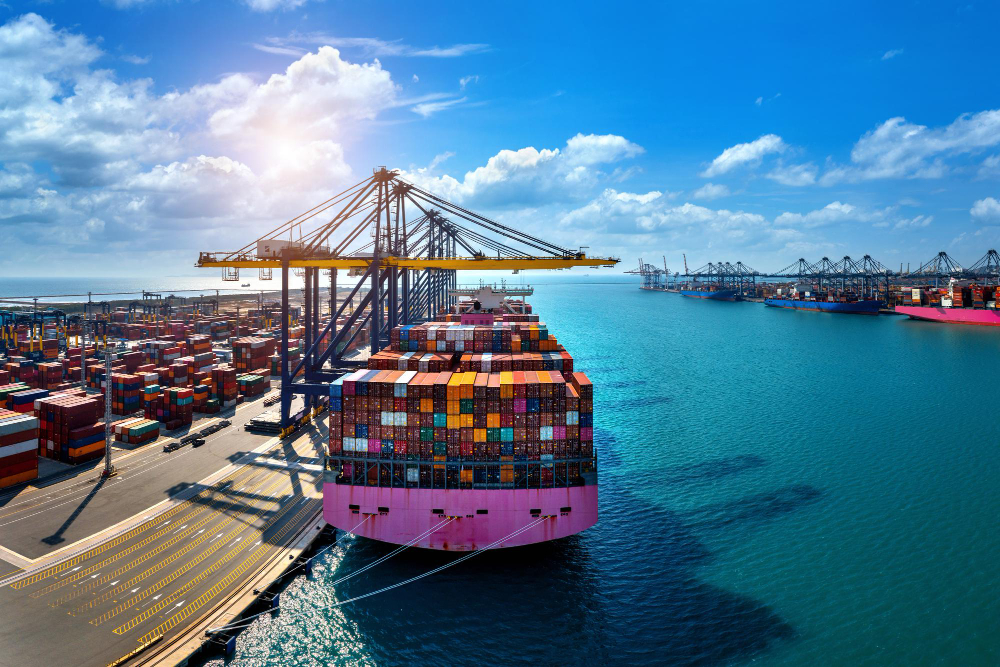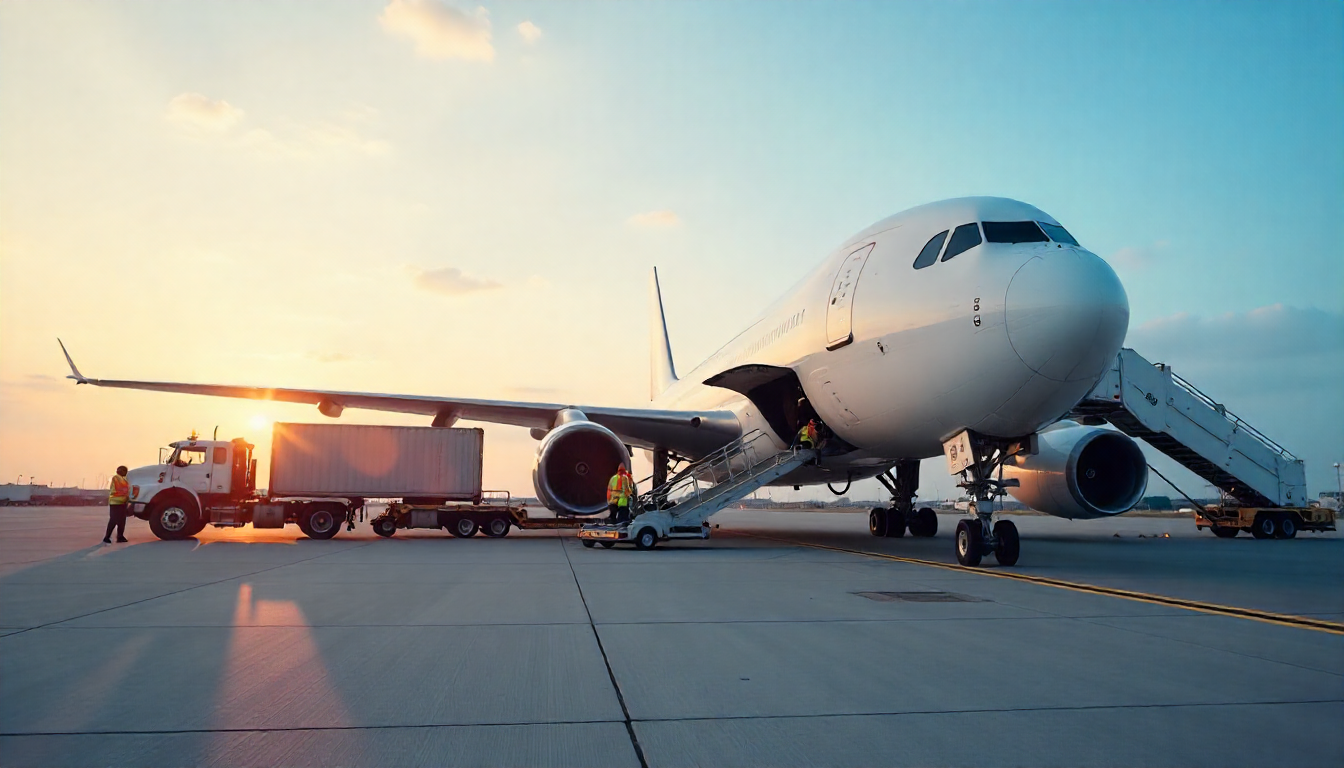The U.S. will charge new port fees on Chinese-built, owned, and operated vessels calling at U.S. ports effective October 14, 2025. This move has caused concern among importers and exporters, as such changes may increase shipping costs, and shipping delays may disrupt supply chains, thus weakening trade competitiveness. Supply chain decision makers must understand the scope and impact of these fees.
Overview of the new port fees
According to the USTR, ships meeting the criteria will be subject to charges between $50 per net ton per string of calls at U.S. ports, rising to as high as $140 per net ton by 2028. To grasp the magnitude, a 10,000 TEU container vessel weighing 70,000 net tons might incur fees of $3.5 million to $9.8 million over the span of three years.
These fees aim to address alleged trade disparities and promote the concept of fairness in U.S. port operations. However, they would be financially grave, particularly for those carriers who transport goods in considerable quantities or deal with shipments of oversized cargo. For instance, the extra fees ultimately influence the price, shipping date, and long-term supply chain for importers who heavily rely on bulk freight shipments.
Industry reactions and concerns
Ocean carriers like MSC and Cosco are currently unwilling to pass the increases down to importers and exporters; however, many in the industry expect the increased operational costs to be passed downstream over time.
Shipping companies are restructuring fleets to minimize exposure to fees, mainly prioritizing non-Chinese-built vessels. The strategy may cause further operational issues, like drayage services and inland distribution schedules. The oversized cargo shipping business should particularly note that any rerouting or delay may exacerbate the logistics and cost increase issues.
Trade associations and business groups had earlier urged the USTR to review the measure for its implications for U.S. competitiveness, particularly in the agricultural and bulk freight transport sectors.
Potential economic impact
Analysts estimate that carriers may have to incur an additional $1 billion by 2026 due to these fees. The introduction of this port charge on top of an already-uncertain market with steadily decreasing import volumes places the supply chains under enormous pressure.
Importers may find that drayage to move cargo from the port to warehouses or distribution centers is increasingly costlier or unreasonably delayed, especially for oversize cargo that requires special handling and permits.
Taking on the task at speed is necessary for all businesses to weigh their options in terms of shipping routes, carriers, and the contracts themselves. More importantly, planning on extraordinary costs in bulk freight transport contracts and coordinating drayage services well in advance would minimize the risk of supply chain disruptions.
Conclusion
U.S. importers and exporters are closely watching the changes as they approach their implementation. The long-term effects on freight and trade dynamics are yet to be fully understood; therefore, businesses need to stay informed and remain adaptable.
For dependable assistance in navigating these challenges, KCH Transportation offers tailor-made solutions for the efficient movement of shipments at competitive prices. Contact KCH Transportation today to stay ahead in your supply chain.




